Reduce user anxiety and let users remember important information
Editor’s note: This article comes from WeChat public account “Yong She” (ID: yongshe01) , author: Yong homes.
Yesterday, when downloading a certain wave APP application, I found that the capacity reached 194mb as much as possible, which really surprised me to drop my chin. After I opened it, I saw the functions and pages were so complicated. I just remembered something.
Well, not much nonsense, what we are going to discuss today is how to better reflect the ease of use of user experience design through the characteristics of memory in the face of such a huge information age.
Human memory process
Let’s first explore the process of human memory.
People’s memory is a wonderful process. For example, when you read a book that you have just read, you ca n’t remember what you read after closing it. What happened ten years ago was still so fresh in the memory as it happened yesterday. What ’s the mystery in it?
As mentioned in the book Cognition and Design, psychologists divide people’s memory process into short-term memory and long-term memory.
(1) Short-term memory
Short-term memory is a component of the five senses of a person. Each sense has a very short-term “memory”. It is stored by passive sensory input without any processing, just like a bell is left after being struck. A short aftertaste. For example, give a group of a dozen numbers and write them down after reading it. Most people can write down 5-9, which is short-term memory.
(2) Long-term memory
What about long-term memory? Researchers believe that the hippocampus plays a very important role in memory. The hippocampus is a control mechanism that guides nerve regeneration. The purpose is to “burn” memory into the neural structure of the brain in. The two jelly bean-shaped neural groups at the front end of the hippocampus have the same function, and are specifically used to store strong emotions and fear-related memories.
(3) Refined short-term and long-term memory characteristics
Short-term memory: short time, small capacity, easy to disappear.
Long-term memory: Associated memory, recall, context, and repeated stimulation of neurons to form long-term memory.
How to improve user experience design?
Next, let ’s look at the characteristics of memory to see how to improve ease of use in user experience design?
First, reduce users’ anxiety about short-term memory
(1) Strengthening Attention Design
A psychologist mentioned a famous number called 7 (± 2) in memory experiments, which refers to the limited information capacity of a person’s short-term memory. To remember the content, the user’s attention needs to Make special design.
For example: reduce the distraction of the user’s attention. In terms of design, the key points and important information are highlighted through visual processing to reduce unnecessary interference.
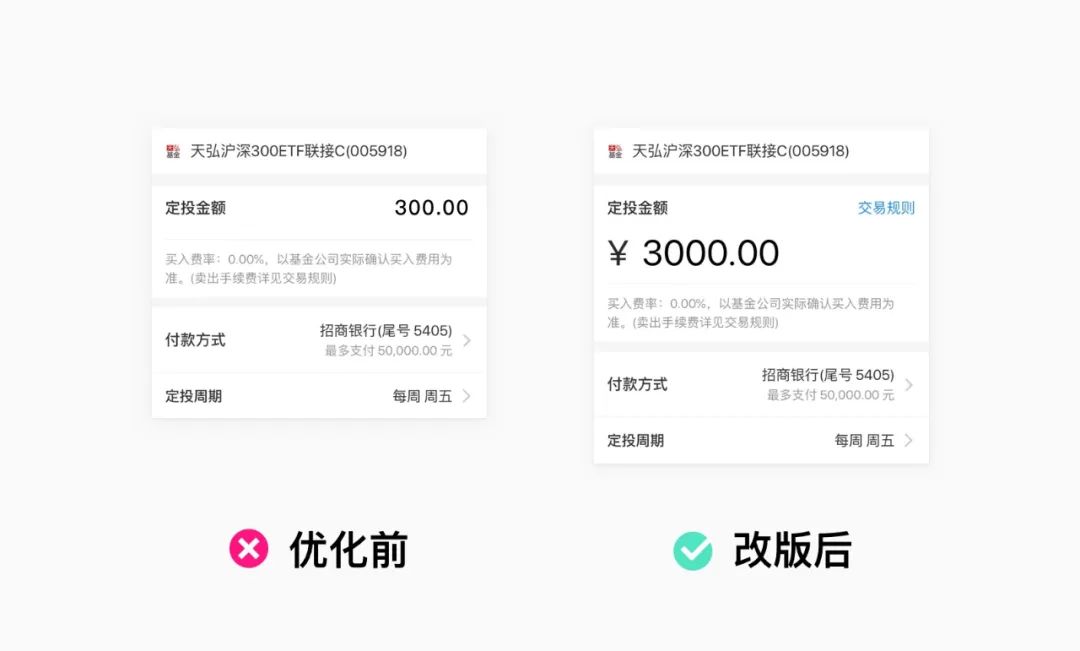
(2) Give data memory
In the user experience, it is a relatively large burden to memorize some interesting and unconscious behaviors. If the system can help the user to record in some links, it will reduce the user’s burden, such as in the search, the user’s attention Naturally transferred to the entered results, users will forget the words they have searched for while looking at the search results. In experience design, if you give historical records in search, you can reduce the burden of user memory.
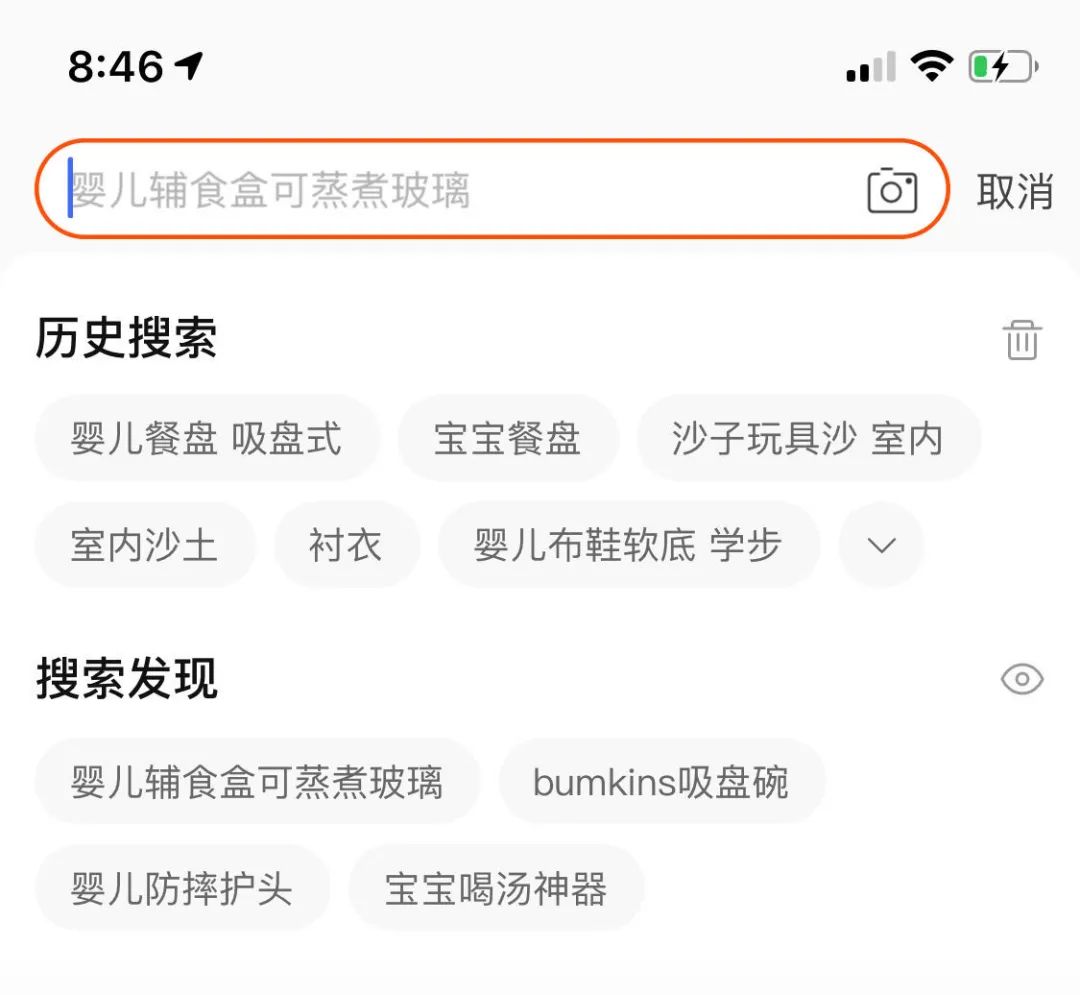
(3) Make good use of the operation consistency principle
Users in an experience environment, from slow learning and fumbling operations to unconscious faster operations, this process is affected by the extension of experience consistency. In other words, in an environment with a consistent experience, the operation that the user has already formed a habit reduces the cost of learning and adaptation. Therefore, in the design, we need to follow the principle of consistent experience to make user operations unconscious.
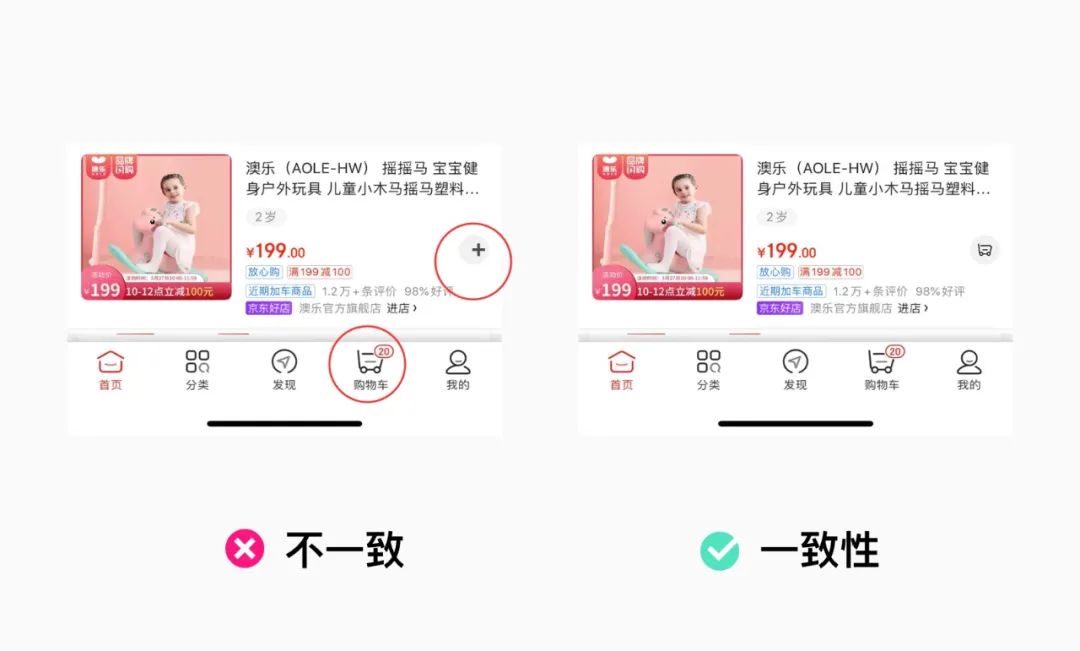
(4) Reduce difficulty with graphic gestures
Between numbers and graphics, users are undoubtedly the easiest to master graphics. For example, for entering passwords, it is easy for people to forget digital information, but the use of gestures greatly reduces the difficulty of users in remembering and improving the experience Ease of use.

Second, form long-term memory for users through strategy
(1) Strengthen the connection between information
In researchers’ experiments, it was found that some people’s memory of things is not a single, isolated memory, but a group of related memory, such as common characteristics, the same color grouped together. In user experience design, the same characteristics of information are processed into a group. For example, it ’s easier to remember numbers.
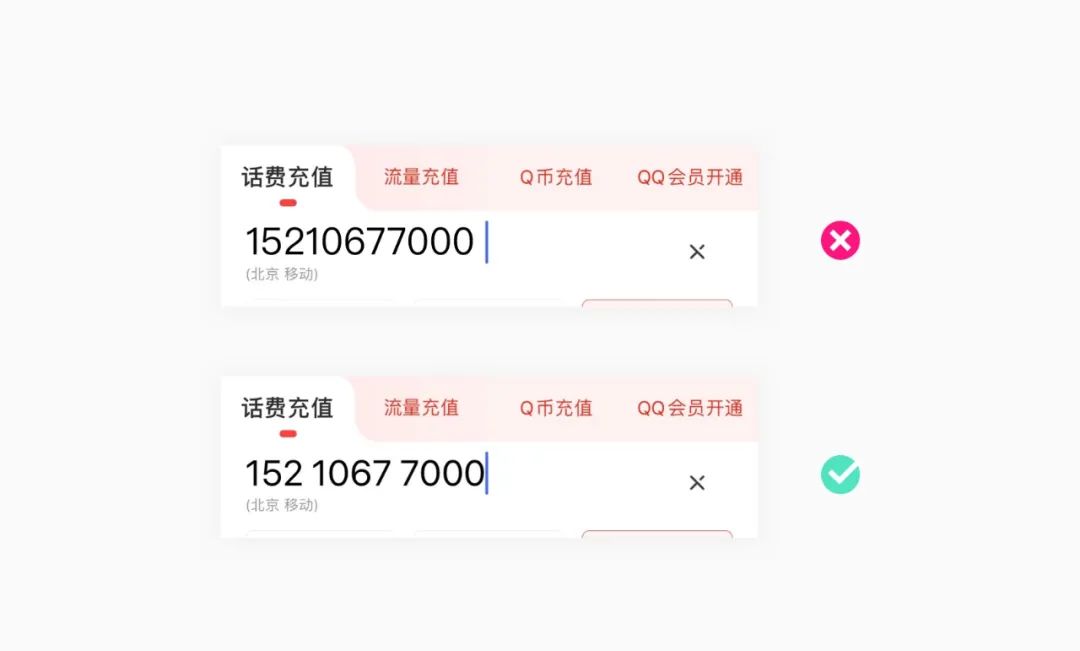
(2) Repeat important information regularly
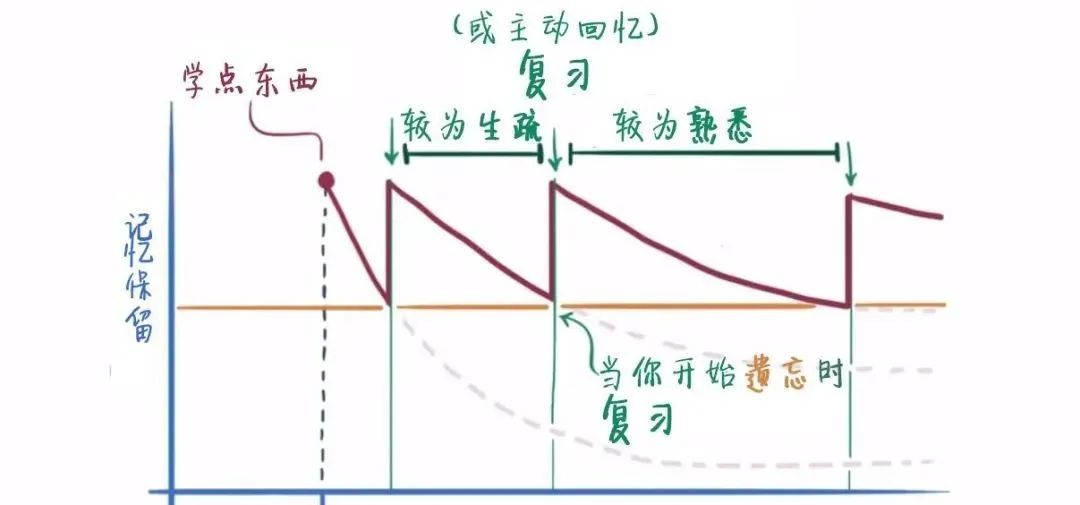
According to the Ebbinghaus forgetting curve, long-term memory can be achieved by repeating information in some time periods, such as 5 minutes, 30 minutes, 12 hours, 1 day, 2 days, 4 days, 7 days, 15 days 30 days.
In user experience design, you can also repeatedly push some information in this way. Compared with daily pushes, this push causes users to reduce interference and deep memory. Note that the duplicate information needs to be as simple as possible. For more complex information repetition, the effect is not to cause a good memory effect.
(3) Emotionally stimulated memory
All of us will remember the events of a few years ago because the long-term memories that stimulated the nerves under some intense emotions were very sad and happy. Similarly, giving emotional changes in user experience design will leave deep memories, such as joy and aesthetic enjoyment.
(4) Scene reproduction design
The main process of user memory is these three processes: recognition-memory-reproduction. Memory recall can be performed through recall and recognition. For example, the reappearance of the scenes of past experiences in the mind, awakening the memories. In this process, your brain has been unknowingly recruited and stimulated. The recurring picture can’t be left in your mind for a long time. For example, in our Spring Festival event last year, we used memories of childhood Spring Festival to recall the story of sweeping the house, decorating windows, and steaming buns, which stimulated users to remember their childhood memories and deepenHave a deep memory of the product.
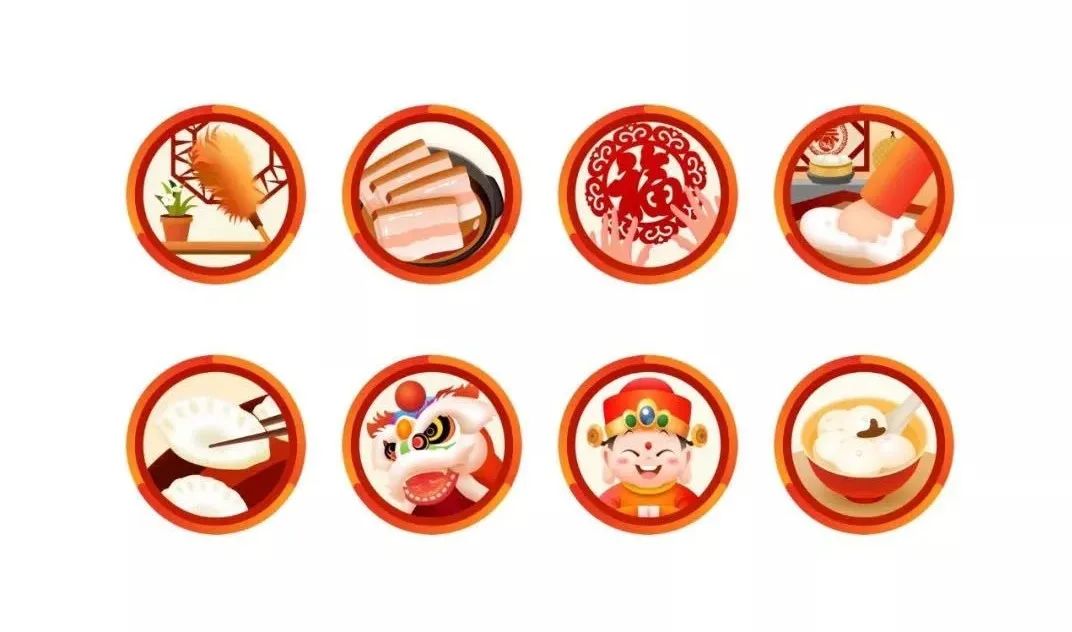
Summary
In the era of such a huge amount of information, we want users to form a memory process in the product experience. From the two characteristics of memory, we can reduce the user’s anxiety from short-term memory, and at the same time let users remember the importance through design strategies Information, reducing the difficulty of long-term memory and improving the ease of use of the user experience.